Garden pests: The Red Spider (Tetranychus urticae).
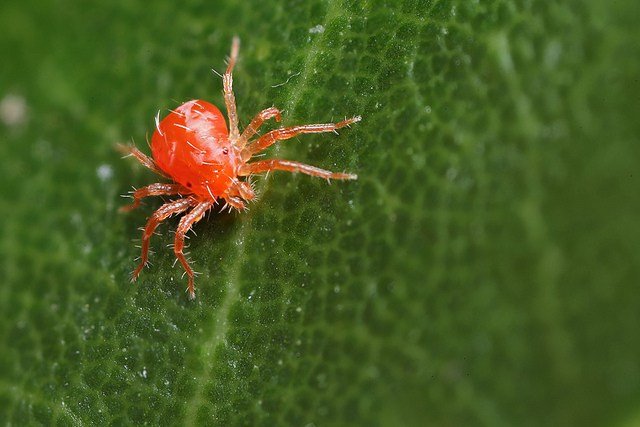
The Red Spider Tetranychus urticae, is a tiny mite, it measures approximately between 0.5 and 1mm and it becomes very dangerous, because we can hardly detect it with the naked eye. This mite has to cause severe damage to our garden plants, if we do not detect it in time and its populations increase almost exponentially in a short time, so if we have not initiated a control plan, it is probably present and in high quantities in our garden plants.
The red spider can reproduce in two ways, one is the sexual reproduction, where the male and the female are united, giving rise to the posture of fertile eggs to be born only female spiders. Each female can lay up to 5 eggs a day, so they can increase their populations very fast.
Asexual reproduction occurs when the female spider stops only male spiders, all without laying eggs.
According to experts and scholars of the subject, this mite is polyphagous so it can attack any plant in our garden or our bonsai.
The term polyphagous is used to designate a set of organisms that have a varied diet. These organisms can be nourished, at the same time, of plant species and animal species. Omnivars and carnivores are polyphagous. These organisms are opposed to the filofágos that are organisms that feed only on leaves. (Source)
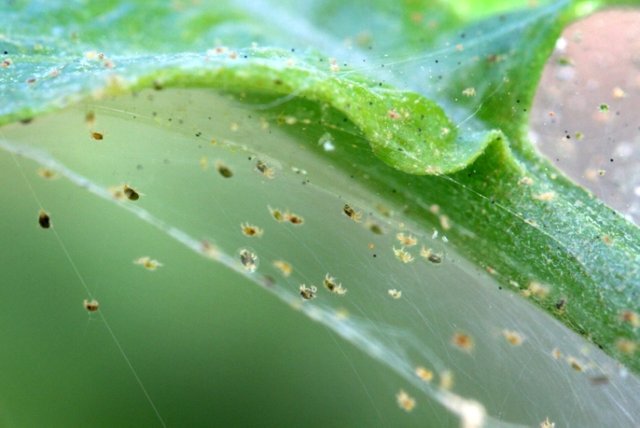
This mite lives in colonies on the back of the leaves, where it feeds by sucking the sap from the plants. It is also present in the soil, where they lay their eggs and also hibernate, which is why I recommend having the soils of our bonsai and clean pot plants, without dry leaves or old remains of the plant, in this way when watering everything is moistened and creates adverse conditions for the reproduction of this plague, because if something detests this animal is water. So it can be said that one way to control the populations of this mite is to apply water sprinkled to our plants, since the humidity does not please this pest.
The ideal conditions for its appearance occur in dry and hot places, with temperatures between 12 ° and 30 ° C. In tropical countries like mine, this mite can be present all year round, while in the countries of four seasons they only appear in the garden between spring and autumn.
Symptoms visible and damage caused in the garden:
First of all I can say that it is advisable to do a weekly check of our garden, in addition to being very careful when introducing new plants. If you go to the nursery and acquire a new plant or go to the field and collect some material for bonsai, no matter how healthy it is, I recommend that you place it in quarantine and place some organic treatments against pests and diseases. A few days later if you can place them next to the plants in your garden.
The red spider, although difficult to see with the naked eye, can be easily detected. This, when it sucks the sap from the leaves, leaves one or several whitish yellow spots that can be seen in the upper part of the leaf. On the back you can see spider web or a silky fabric, this fabric is used for decking and to protect itself from its natural predators. It can also cause dwarfism to a growing plant and something very dangerous is that if the spider was in a sick plant it can be a carrier of the virus, transmitting it to other plants.
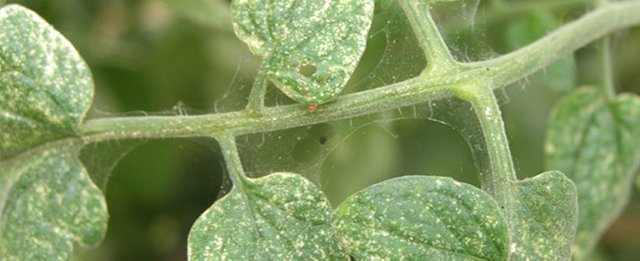
I have a method that I use regularly in my bonsai to determine whether or not there is a red spider on my plants. The first thing you should get is a white sheet, put it under the foliage of the tree and shake it. If you have red spider will fall on the leaf and will be visible, you can see how small or red insects walk, red, orange, yellow or in some cases green, if you do not see them increases the vision with a magnifying glass. If there is nothing, it is because the populations of this mite are very low in your garden.
How to fight the red spider in our garden?
1. Prevention:
As I said before, we can prevent or control the red spider populations in our crops by increasing the humidity in the leaves of our plant, thus adversely affecting the conditions for the reproduction of this mite. I recommend spraying water at night, so that our plant has enough time to dry before the sun, remember that the combination of moisture and heat make ideal conditions to reproduce fungal diseases.
We must also remove the remains of leaves, sticks and any medium from the soil of our pots or places that can serve as a shelter or shelter for these mites.
I also recommend fertilizing our plants or bonsai to favor the natural resistance of plants against attacks of pests and diseases.
In case of severe attack, I recommend removing the leaves (applying the defoliation technique used in bonsai) leaving the leaves healthier.
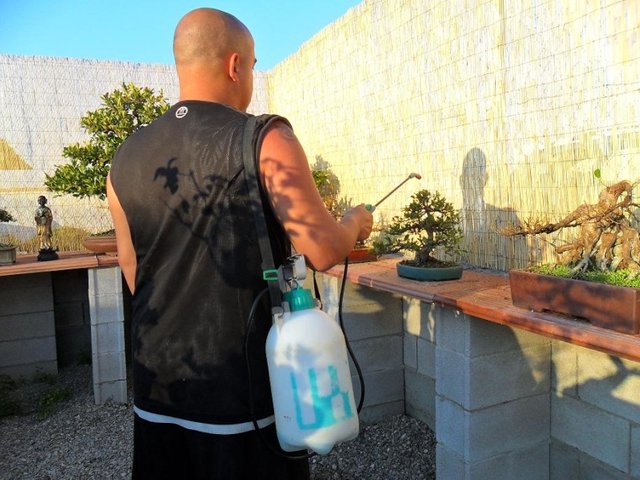
2. Control of the mite:
As in any plague and disease of our plants we can make a chemical contribution and an organic or biological control. As an Agroecologist, I will always recommend the use or application of organic and ecological methods.
As a biological control I recommend using or applying as a natural controller other mites that eat the red spider, such as the Amblyseius californicus or Neoseiulus californicus which is very effective eating eggs and red spider larvae. There are also the Phytoseulus persimilis and Amblyseius cucumerisno that can be obtained in commercial presentation. Unfortunately in my country these bio controllers have not been developed or reproduced in a massive way for distribution in agricultural or garden stores.

There are also organic commercial products for the control of this mite, such as those that are based on cinnamon extract, which are very good and harmless for animals and humans but are not available in all countries. I'll leave you some ecological products for red spider control that you can easily prepare at home:
A very good method that one of my Bonsai teachers taught me (Mrs. Cecilia Chacin) is the use and application to foliage of blue soap or potash soap. This is applied filtered with a sprayer and also fights other pests such as whitefly.
You can also make a garlic broth, which is very easy, pikes several cloves of garlic and let it soak between 12 and 24 hours in a couple of tablespoons of oil, then mix it with a liter of water (the dose is 1 part of garlic oil for 20 of water), and sprinkle it on the foliage of the garden or bonsai plants.
You can also apply and are very, very effective in the control of insects and mites nettle purine and Neem oil.
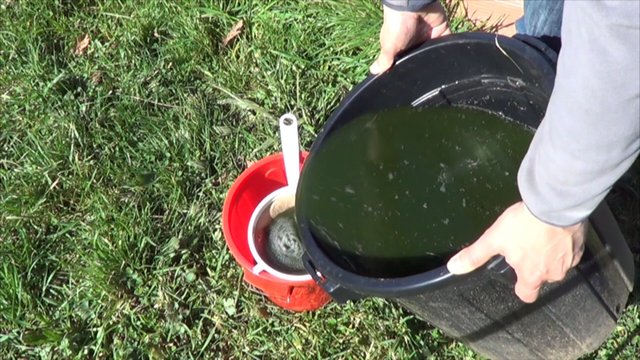
I hope that with this information you can keep under control these harmful mites that attack and destroy our plants and bonsai, without more than saying I thank you for visiting my Blog and I invite you to do resteem so that others can know about this garden pest, I wish a happy and blessed day!
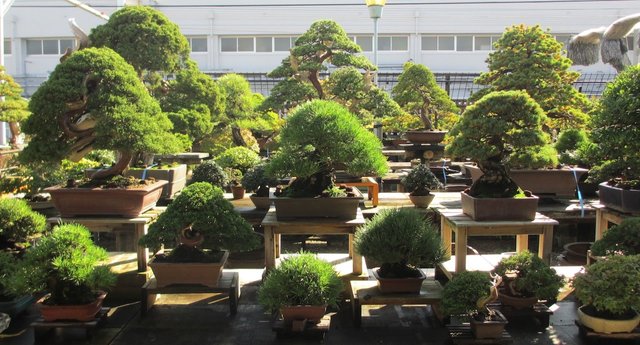

Congratulations! This post has been upvoted from the communal account, @minnowsupport, by dlozada_3 from the Minnow Support Project. It's a witness project run by aggroed, ausbitbank, teamsteem, theprophet0, someguy123, neoxian, followbtcnews, and netuoso. The goal is to help Steemit grow by supporting Minnows. Please find us at the Peace, Abundance, and Liberty Network (PALnet) Discord Channel. It's a completely public and open space to all members of the Steemit community who voluntarily choose to be there.
If you would like to delegate to the Minnow Support Project you can do so by clicking on the following links: 50SP, 100SP, 250SP, 500SP, 1000SP, 5000SP.
Be sure to leave at least 50SP undelegated on your account.
these little buggers are real pain in the asses, i find ladybugs help with them too.. im a landscaper by profession and co host gardens both for hobby and profit, my blogs all about gardening tips too, maybe youd enjoy it, stop on over, i left you a vote and follow, hope to read more tips from you in the future, can never connect with enough other gardeners :)
<3
When you copy/paste or repeatedly type the same comments you could be mistaken for a bot.
Tips to avoid being flagged
Thank You! ⚜
hi!